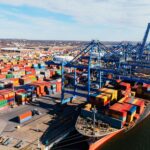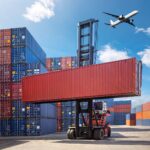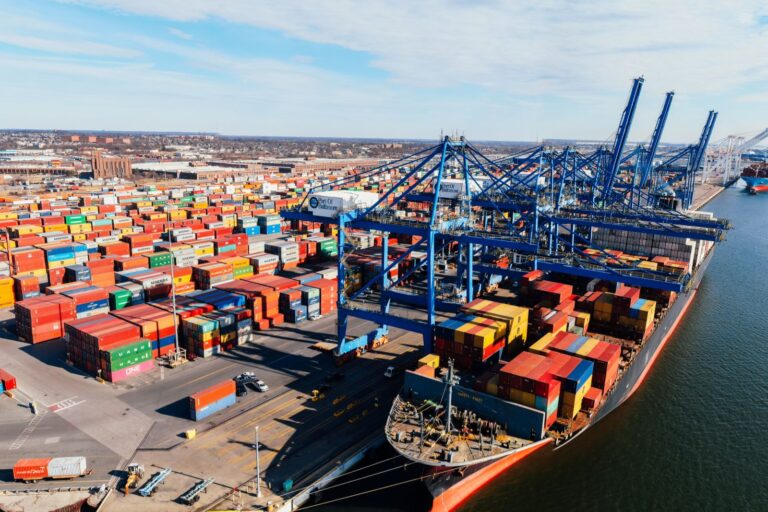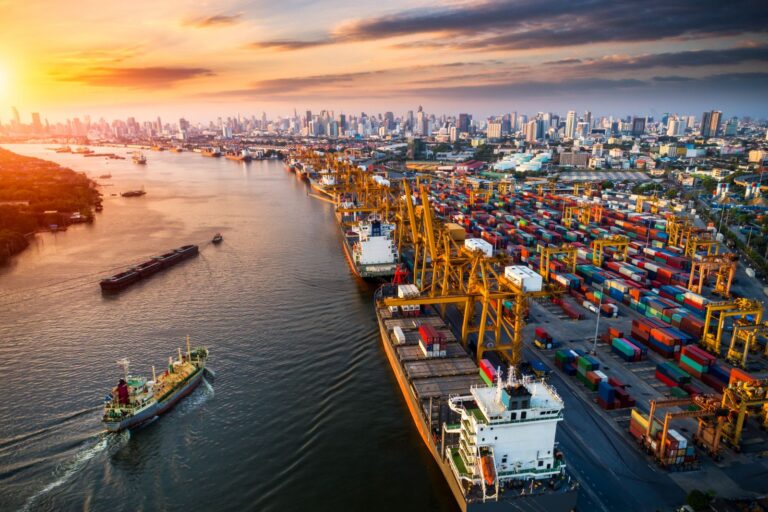Shipping costs are a critical aspect of international trade and logistics. Businesses often face challenges in predicting and controlling these expenses, which can fluctuate based on multiple factors. Misunderstanding cost drivers may lead to overpaying for transport or unexpected budget overruns.
This Shipping Cost Factors Analysis aims to clarify the primary elements that influence shipping expenses and provides actionable insights to manage them effectively. From carrier charges to customs duties, understanding these variables can save time and money. At EGL – Emerald Global Logistics, we specialise in offering businesses in Australia tailored solutions to optimise shipping operations and reduce costs while ensuring timely delivery.
Whether you are a small exporter or a large-scale importer, this guide will help you make informed decisions and maintain control over your logistics budget.
Key Factors Affecting Shipping Costs
Shipping costs are determined by several interconnected factors. Understanding each element allows businesses to plan more efficiently and negotiate better rates.
1. Weight and Volume of Cargo
- Dimensional Weight: Carriers often charge based on volumetric weight for bulky shipments.
- Actual Weight: Heavier shipments incur higher fees.
- Tip: Consolidate cargo where possible to reduce costs per unit.
2. Type of Goods
- Hazardous Materials: Dangerous goods require special handling and higher insurance.
- Perishable Items: Temperature-controlled shipments add to cost.
- High-Value Cargo: Insurance premiums may be higher.
3. Shipping Mode
- Sea Freight: Cost-effective for large volumes but slower transit times.
- Air Freight: Faster but significantly more expensive.
- Road Transport: Suitable for domestic or short-distance deliveries.
At EGL, we evaluate the most suitable shipping mode for your cargo to balance speed, cost, and safety.
4. Distance and Destination
- International vs Domestic: Cross-border shipments often incur tariffs, duties, and additional documentation fees.
- Remote Locations: Deliveries to less accessible areas can increase costs.
5. Fuel Prices and Surcharges
Fluctuating fuel prices directly affect freight rates. Many carriers apply fuel surcharges that change monthly. Staying updated on these trends helps in budgeting accurately.
6. Customs Duties and Taxes
- Import/Export Fees: Duties, GST, and VAT may apply.
- Documentation Requirements: Inaccurate paperwork can lead to delays and extra charges.
EGL – Emerald Global Logistics ensures all documentation is compliant to minimise unexpected customs expenses.
7. Carrier and Service Provider Fees
- Standard vs Premium Services: Expedited services cost more.
- Third-Party Handling: Freight forwarders, brokers, or logistics providers may add service fees.
8. Packaging and Handling
- Special Packaging: Fragile or oversized goods require additional protection.
- Labelling and Palletisation: Proper preparation reduces the risk of damage and extra handling costs.
Step-by-Step Approach to Analyse Shipping Costs
- Identify Shipment Characteristics: Weight, volume, type of goods.
- Select Optimal Shipping Mode: Sea, air, or road.
- Check Tariffs and Duties: Research customs requirements for your destination.
- Calculate Carrier Charges: Consider fuel surcharges and service fees.
- Include Insurance and Handling Costs: Ensure full coverage.
- Review Historical Data: Analyse past shipments for cost trends.
- Negotiate and Optimise: Use consolidated shipments or flexible routes to reduce fees.
This structured approach allows businesses to plan budgets accurately and prevent overspending.

Tips & Best Practices
- Use Freight Forwarders: Leverage providers like EGL for competitive rates.
- Consolidate Shipments: Reduce per-unit shipping cost.
- Monitor Fuel and Currency Trends: Anticipate fluctuations.
- Regularly Audit Costs: Compare quotes and invoices to identify discrepancies.
- Invest in Training: Ensure staff understands shipping procedures and documentation.
Common Mistakes to Avoid
- Ignoring volumetric weight in quotes.
- Underestimating customs duties and taxes.
- Selecting faster shipping without cost-benefit analysis.
- Poor packaging leading to damage and extra charges.
- Neglecting carrier terms and hidden fees.
Avoiding these mistakes helps maintain budget control and ensures shipments arrive on time.
Use Cases & Examples
- E-Commerce Export: Small parcels shipped via air, optimising volumetric pricing.
- Industrial Equipment Import: Heavy cargo consolidated for sea freight to reduce costs.
- Perishable Foods: Temperature-controlled containers chosen for international delivery.
At EGL – Emerald Global Logistics, we provide tailored shipping solutions based on cargo type, destination, and budget.
FAQs: Shipping Cost Factors Analysis
1. What are the main factors influencing shipping costs?
- Weight, volume, shipping mode, destination, duties, and carrier fees.
2. How can I reduce shipping expenses?
- Consolidate shipments, choose cost-effective modes, and work with logistics experts.
3. Do customs duties affect shipping cost?
- Yes, import/export fees and taxes are part of total shipping expenses.
4. Why does air freight cost more than sea freight?
- Faster transit, limited capacity, and higher fuel consumption increase charges.
5. Can packaging affect shipping costs?
- Yes, oversized or fragile packaging can increase handling and freight charges.
Conclusion
Understanding the factors influencing shipping costs is essential for effective logistics planning. Weight, volume, cargo type, distance, fuel prices, and customs duties all play a role in determining the final cost.
At EGL – Emerald Global Logistics, we provide businesses across Australia with tailored solutions to manage shipping expenses efficiently while ensuring safe and timely delivery.
If you want to streamline your logistics and optimise shipping costs, contact EGL today for expert support.







